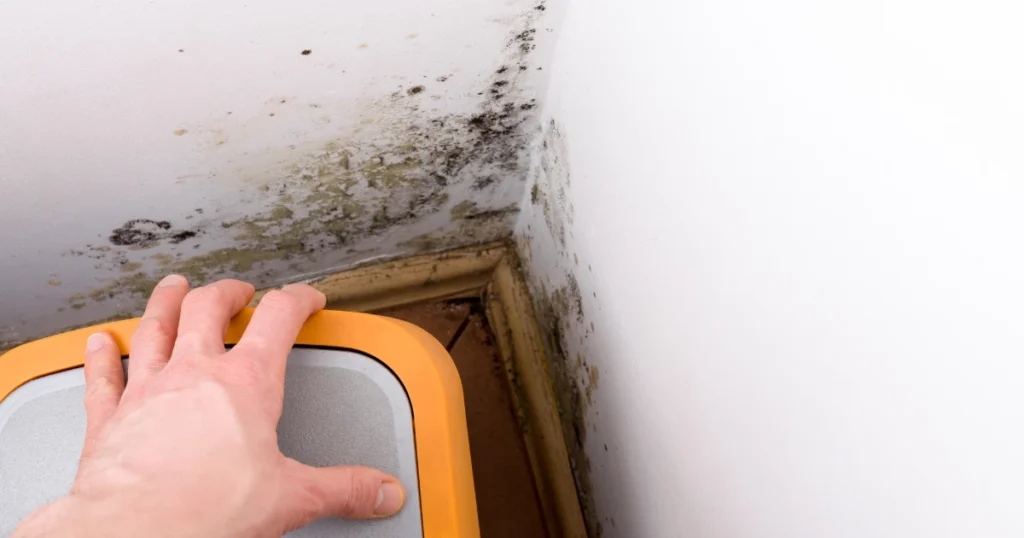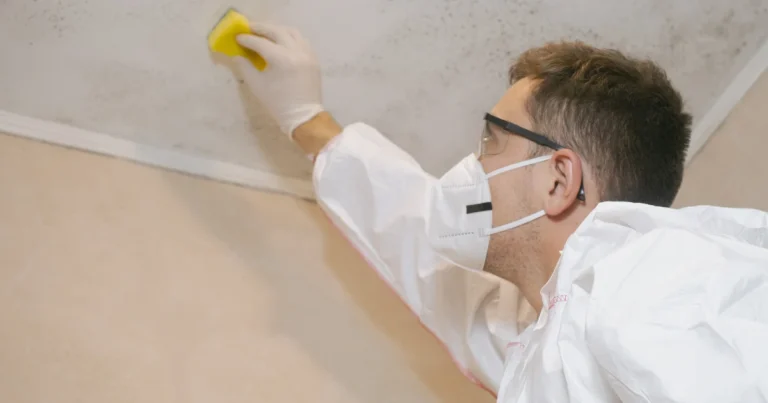Sydney’s coastal location and humid climate make it a prime environment for mould growth. From damp bathrooms to poorly ventilated basements, many Sydney homes are at risk of developing mould, especially in the wetter months. But why exactly does mould thrive in this climate, and what steps can Sydney residents take to keep it under control? In this blog, we’ll explore why mould grows faster in Sydney’s humidity and offer effective tips for prevention and mould removal Sydney solutions.
Mould is a type of fungus that thrives in moist, warm, and dark environments. While mould is a natural part of the environment, indoor mould growth can pose health risks and cause structural damage to properties. Common types of indoor mould include black mould (Stachybotrys chartarum) and Penicillium, both of which can cause respiratory problems and allergic reactions in people exposed to their spores.
The three main conditions mould needs to grow are:
In a humid environment like Sydney, moisture and warmth are abundant, providing the perfect conditions for mould to grow rapidly.


Sydney’s proximity to the coast and its humid subtropical climate contribute to an environment where indoor spaces are often prone to moisture accumulation. Here are the specific climate factors that make mould removal Sydney services so necessary:
High Humidity Levels: Sydney experiences higher-than-average humidity levels, especially during summer. Moisture-rich air creates a damp environment where mould spores can easily settle and grow.
Frequent Rainfall: Sydney receives significant rainfall, particularly during the late autumn and winter months. Persistent rain can cause leaks, seepage, and increased indoor humidity, which in turn promote mould growth.
Fluctuating Temperatures: In Sydney, temperatures can fluctuate considerably throughout the day and across seasons. Warm and humid conditions indoors, followed by a drop in temperature, often lead to condensation on walls and windows, providing more moisture for mould.
Coastal Influence: The salt-laden air common in coastal areas can increase the risk of mould in coastal properties by accelerating the corrosion of building materials and promoting dampness.
Poor Ventilation: Many older homes in Sydney were not built with mould prevention in mind, leading to poorly ventilated rooms where humidity can become trapped. Bathrooms, kitchens, and basements in particular can experience significant mould growth if not well ventilated.
Living in a mould-affected home can lead to various health issues, especially for those with respiratory conditions, allergies, or weakened immune systems. Mould spores can trigger symptoms such as:
Long-term exposure to mould can increase the severity of these symptoms and, in some cases, contribute to chronic respiratory issues. With mould removal Sydney services in high demand, it’s crucial to take preventive measures and respond swiftly to any sign of mould.
...taking proactive steps to manage indoor humidity is key to preventing mould.
Given Sydney’s climate, taking proactive steps to manage indoor humidity is key to preventing mould. Here are some practical strategies:
Good ventilation helps reduce moisture buildup indoors. Opening windows and using exhaust fans in bathrooms, kitchens, and laundry rooms can significantly lower humidity levels. Consider installing window vents or mechanical ventilation systems if natural ventilation is insufficient.
A dehumidifier is an effective tool in reducing indoor humidity, especially during Sydney’s humid months. Place dehumidifiers in areas prone to mould, such as basements and bathrooms, to keep moisture levels in check.
Leaks from roofs, pipes, or walls can quickly lead to mould growth if not addressed. Regularly inspect your home for leaks and repair them as soon as possible. Ensure that any cracks or gaps in walls are sealed to prevent water seepage.
Using an air conditioner during Sydney’s warmer months can help maintain a comfortable indoor temperature and reduce humidity. Modern air conditioning systems often have built-in humidity control settings, which can be helpful in keeping mould at bay.
Condensation can form around windows and doors when there’s a significant temperature difference between inside and outside. Installing double-glazed windows and properly sealing doors can help prevent this and reduce moisture indoors.
Bathrooms, kitchens, and laundry rooms are hotspots for mould growth. Ensure that these areas are cleaned regularly and thoroughly dried after use. Shower walls, kitchen backsplashes, and laundry tubs should be wiped down after use to prevent moisture buildup.
Consider using mould-resistant paints, drywall, and other building materials in high-risk areas of your home. These products are designed to inhibit mould growth and can be a valuable long-term investment for Sydney homeowners.
If mould has already taken hold in your home, it’s essential to address it as soon as possible. Minor mould issues can sometimes be handled with DIY solutions, but extensive mould growth often requires professional help.
For large infestations, it’s best to call in professional mould removal Sydney specialists. Professionals have the expertise and equipment to handle extensive mould safely, ensuring that all affected areas are thoroughly cleaned and treated to prevent regrowth. This is especially important for people with mould allergies or asthma, as exposure to disturbed mould spores can exacerbate health issues.

Working with a professional mould removal Sydney service can provide you with additional insights and support for mould prevention. Professionals not only address the immediate mould problem but can also help assess your home for potential risk areas, offer long-term solutions, and recommend preventive maintenance.
They can install ventilation systems, advise on dehumidifiers, and provide insights on making structural adjustments if your home is especially prone to mould growth. In a city like Sydney, where the climate presents unique challenges, a proactive approach with professional support can make a substantial difference.
Sydney’s humid climate creates ideal conditions for mould growth, but with the right preventive measures and a proactive approach, homeowners can keep their living spaces mould-free. Simple steps like improving ventilation, using dehumidifiers, fixing leaks, and regularly cleaning high-risk areas can significantly reduce the likelihood of mould. However, if mould does develop, acting quickly and considering professional mould removal Sydney services can help protect your home and health.
By staying vigilant and addressing mould issues early, Sydney residents can enjoy their homes without the health risks and structural concerns that come with unchecked mould growth.
Does your property need professional mould removal? Trust the expert with AllAces Cleaning & Restoration today!

AllAces Cleaning & Restoration Expert
Aaron is a seasoned professional with over 16 years of experience in the restoration industry. Specialising in large-scale restoration projects and water damage restoration, Aaron has built a reputation for delivering exceptional results in challenging situations.